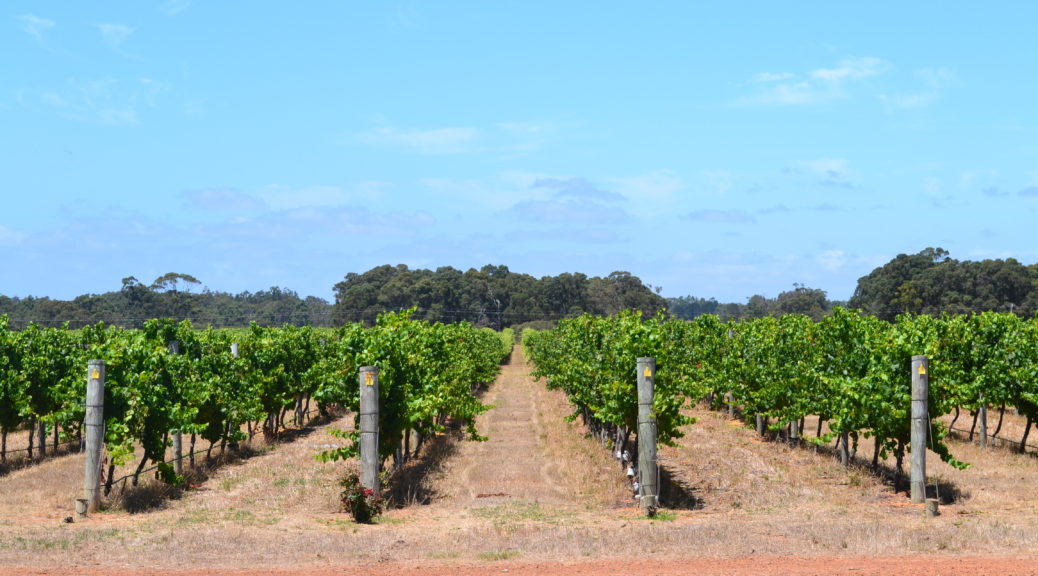
How this Wine Lover Got Into Tea Tasting: 11 Ways Tea is like Wine
With how much I enjoy wine, you might ask how I came to become such a tea aficionado. The surprising but true answer: it all started in Milan, Italy.
Shortly after moving to Milan, I was immersed in language classes and looking for ways to practice and speak with Italians, so joined a language exchange. And it just so happened that one of the other members I befriended is affectionately known as “The Tea Lady” and hosts tea tastings at her home.
Once I attended my first tea tasting, I was hooked:
- There were so many varieties of tea!
- It could taste so different depending on the brewing method!
- Even within a single, small category like Japanese green teas, there was such variety!
This excitement and continuing discovery is one of the reasons I got inspired tasting different wines, and my tea journey has gone through similar phases. Along the way, I realized how similar tea tasting and wine tasting can be:
Many Varieties
Just like wine is not one thing, tea isn’t either. You may have tried a single wine and didn’t like it, but that doesn’t mean you’ll dislike all wine. The same goes for tea. Wine has red and white grapes of many varietals – like chardonnay, sauvignon blanc, merlot, and syrah to name a few (and as I know from living in Italy, so many more!). With tea there are 6 categories to acquaint yourself with: black tea, green tea, white tea, yellow tea, oolong, and pu’er. I think prior to living in Milan I had only ever tried the first three types, but found out from doing lots of tastings that I quite like both oolong and pu’er as well.
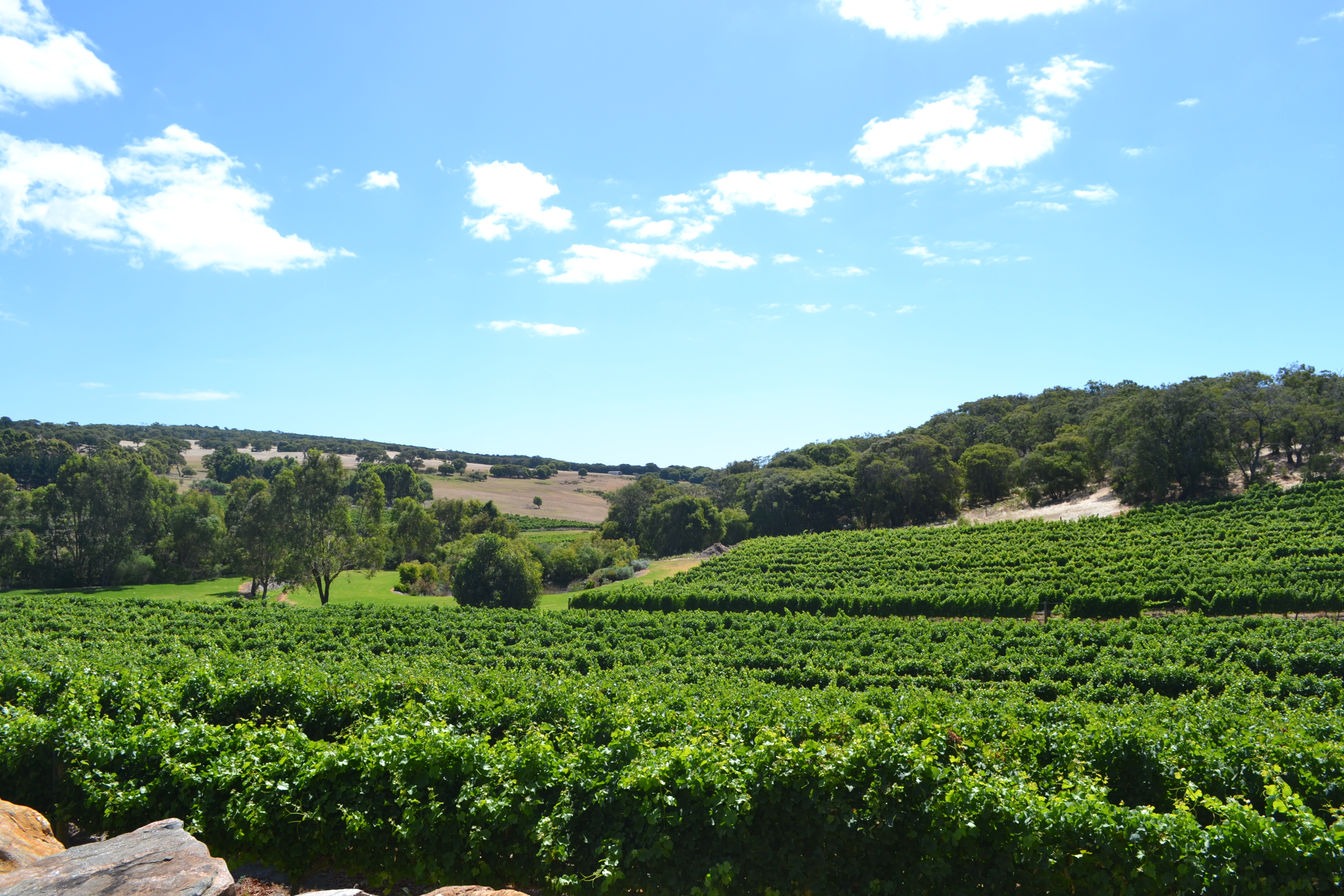
Importance of Terroir
Prior to starting with tea tastings, I thought of terroir as that French word for soil that I can’t quite pronounce correctly and always gets thrown around by wine snobs. Of course, when it comes to wine-making, characteristics of the soil like minerality and salinity do impact how a grape will taste, along with things like the amount of sunshine and the altitude at which the grapes are grown. And for tea? The effect on the growing plant is so very similar, affecting the tea as it grows and also the taste of the final product. In Sri Lanka for example, the plantations and packaged tea are actually organized by the altitude of where they were grown because that will tell you so much about what taste to expect.
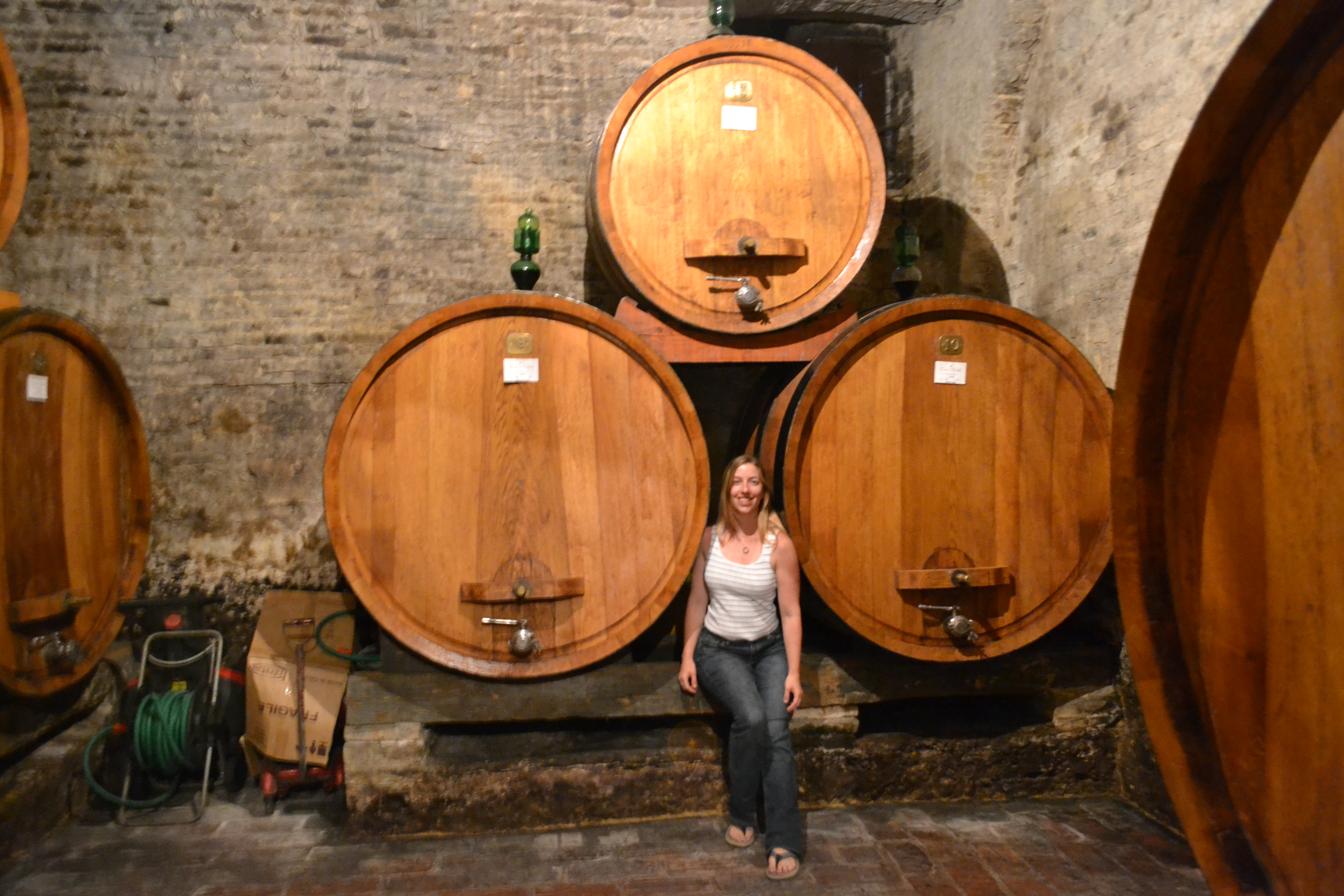
Processing Method is Also Key
Did you know that black tea and green tea can be produced from the same tea leaf? Apparently it’s all in the processing method. Processing tea leaves usually involves some form of heating and/or drying, to go from the leaf on a live plant to the dry version you see loose or inside a tea bag. There is also typically some type of rolling or crushing involved, depending on the shape – loose tea tends to be in larger pieces, while the tea you find inside of tea bags has usually been crushed fairly small. What exact steps are part of the processing method depend on which category of tea is being produced. Wine also undergoes a variety of processing methods, depending on the type of grape and the quality of the harvest. Grapes for wine undergo fermentation possibly in steel tanks, concrete tanks, large wooden barrels, or the smaller barriques (or a combination of the above), which in turn affects the taste and color of the wine.
It Will Taste Best Served/Brewed at the Correct Temperature
I’ve been enjoying wine for long enough that I know that not only are whites and rosés typically served chilled, while reds are not, but there is actually a lot more nuance than that depending on the grape. Some reds are really meant to be served chilled, or at least slightly chilled. Some white wines have more prominent flavors when they’re a little less cold than usual. For tea, it’s really the brewing temperature (and time) that impacts the final flavor and strength of your cuppa. Growing up, my mom would always boil water on the stove for her tea, while I typically just heated a mug of water in the microwave before immersing my tea bag. I always thought it was just laziness on my part, and that it was a sign of adulthood when I finally bought a tea kettle for my kitchen. Only recently did I discover that not all teas are meant to be steeped at boiling temperatures, and each one will have an ideal brewing temperature ranging from 80 to 100 degrees Celsius or 170 to 212° Fahrenheit. Brewing tea at the correct temperature helps to avoid that bitter taste it can sometimes take on, so perhaps my microwave strategy was wise? Fortunately for all of us, this information is often helpfully printed on the package that tea comes in, so you can brew at the temperature and for the amount of time directed and then taste the tea at its best.
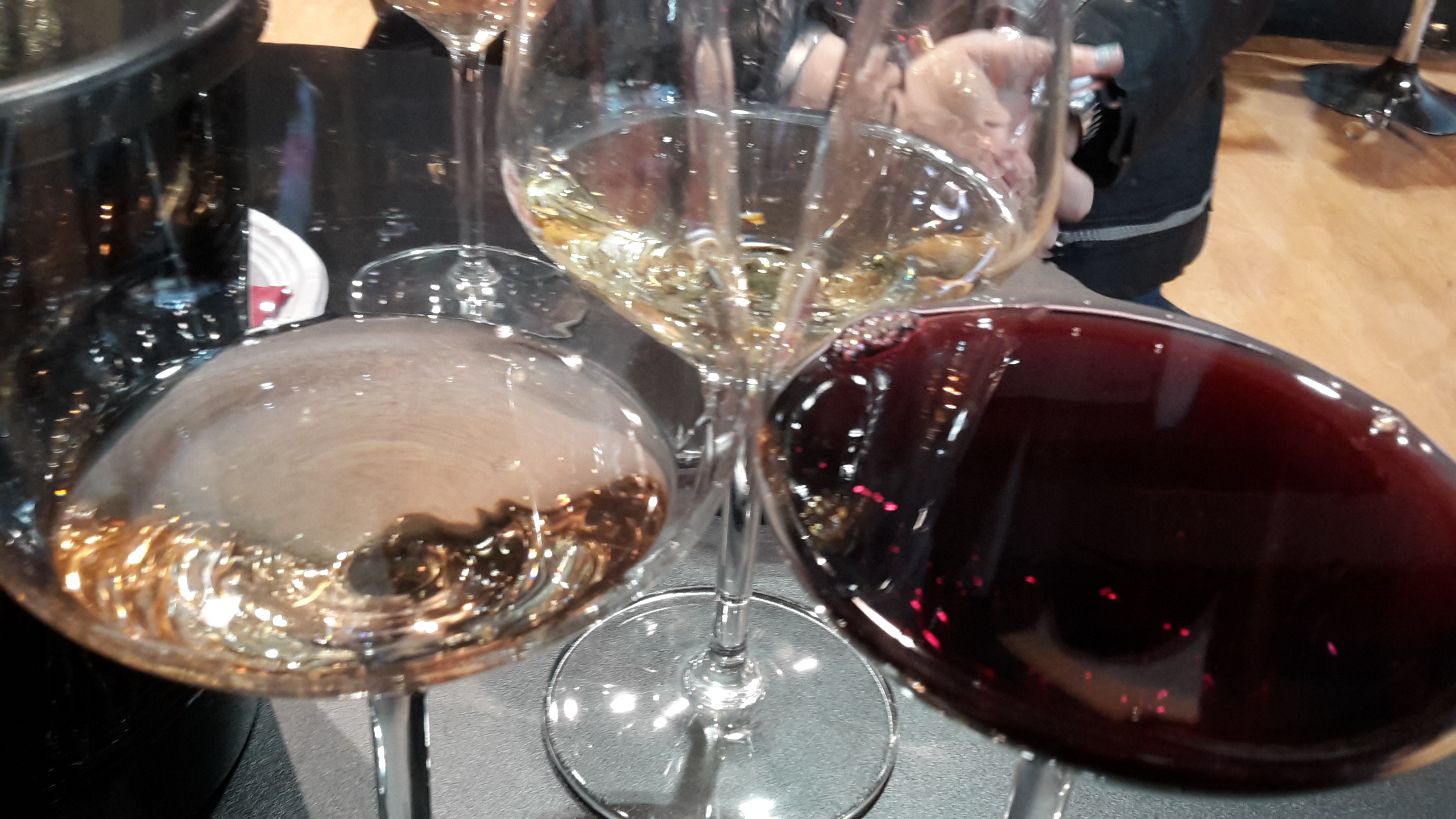
Color
Color can tell you a whole lot about a wine. Is your white wine pale, golden or hay-colored? Is your red a bright claret or a deep opaque purple? (Yes, readers, I’ve done a lot of wine tasting, those color descriptions took me about 15 seconds to type off the top of my head.) Color may be something pretty to take in, but can also tell you about what to expect when you take a sip of a glass of wine. And yup, tea is oh-so-similar. If you’re a tea drinker, you probably already know that the darker the color, typically the stronger the brew. And as you saw from the first section that outlines the 6 categories of tea, many of the ‘categories’ are really colors – black, green, white, and yellow. Because the tea leaves and/or processing method vary to produce those different tea types, the taste you can expect from the color also varies. Next time you have tea or wine, take the moment to savor the color as well =)

Importance of Smell
Usually for me I can tell whether I think I’ll like a wine or not based solely on its aroma. Is it pleasant to sniff? Or do you have a cozy moment inhaling the perfume of a piping hot cup of tea before your first sip? They say that taste can be up to 80 or 90% smell, and it turns out to be quite true. If you’re raising something to your mouth and it doesn’t smell appealing, you may not even get to your first sip. Not only does the aroma of tea and wine give you some kind of indication of whether you’ll like what you’re about to drink, but it will also set a baseline of what flavors you can expect when you do.
Tasting Notes
They give you tasting notes at tea tastings too, something I was delighted to discover. Although I can tell from a sniff if I think I’ll like something or not, I don’t have the most developed sense of smell in terms of discerning particular aromas. So it’s nice when there is some specific fruit or aroma I can hunt for as I sip based on what someone else has sensed. Tasting notes help me to appreciate the wine in a new way, and has a similar effect when I’m tasting tea. I may not always agree, but it’s good to have a starting point, and a little guidance from the experts helps me develop my own expertise over time, no matter how slowly I progress.
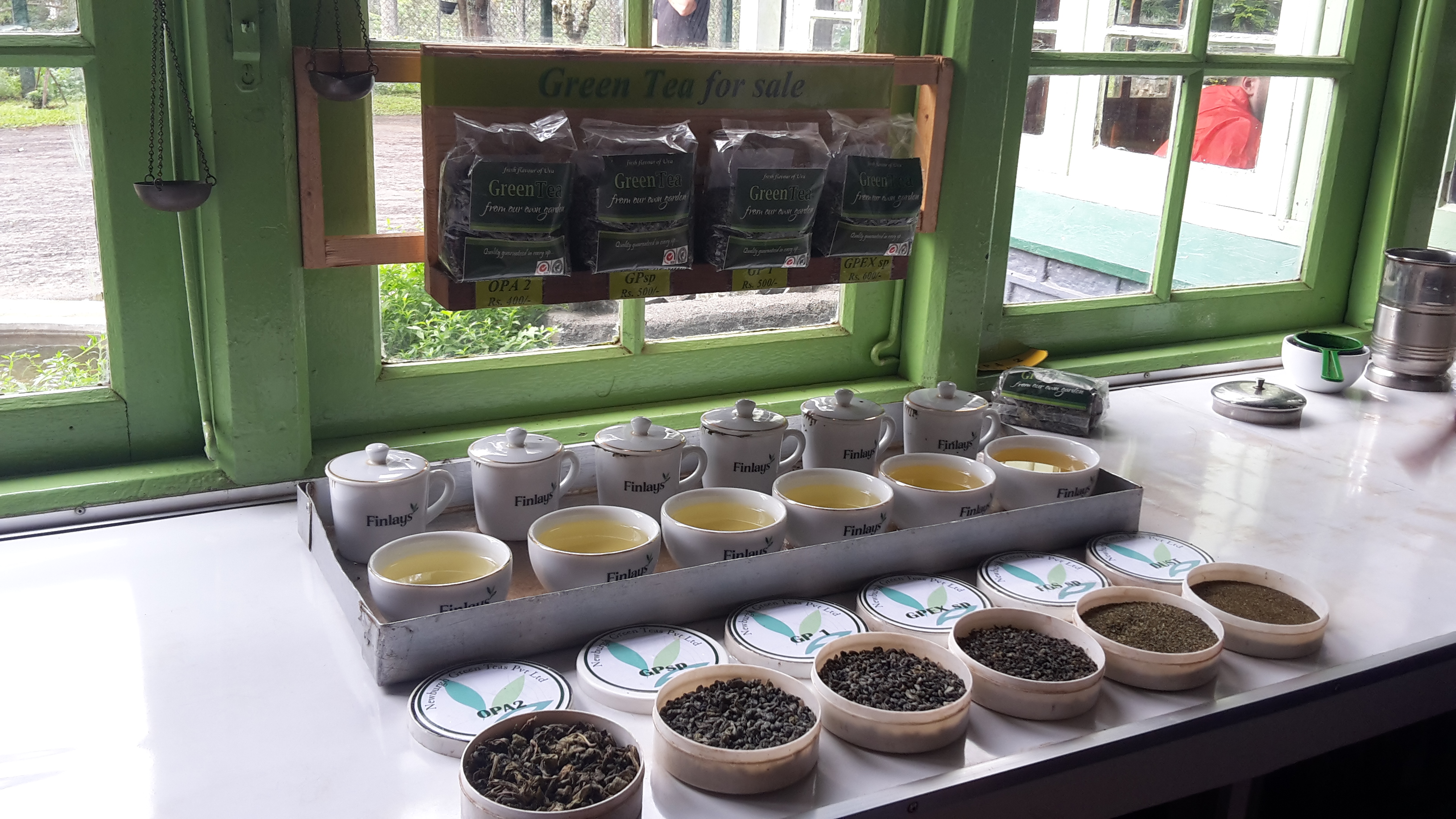
Taste in Order from Mild to Bold
At my first tea tasting, when it was explained that we would be tasting the teas in a particular order from mild to bold it was again something I hadn’t considered before but made complete sense. Of course for me, I also find it fun to sometimes jump back to an earlier tea or wine sip, as the taste will change a bit if you taste something milder after one of the bolder options. I’ll even do this sometimes if I have loaded up a plate of food at a buffet – start with the most delicate dish while my palate is clear so I can appreciate it properly, the move on to the more bold flavors of the other food. Speaking of which…
Used for Cooking
Wine and tea are both liquids that can be added to a meal as you cook to impart some additional flavor or note. The alcohol in wine boils off when exposed to heat, so you are just left with the flavor when adding wine to a risotto, sauce, or stew. Even boiling it off can be a sauce in itself, like a red wine reduction you might put on a steak. Of course, a liquid like tea (or the leaves themselves) can also impart flavor to food. And the same way that the grapes from wine-making can be used to infuse hard liqueur to create a grappa, tea leaves can be used to infuse liquids other than water. Many ‘cooking with tea’ recipes involve using tea to infuse the dairy used to make desserts, like ice cream or panna cotta, but tea can also be used in stocks, marinades, or poaching liquids. Since tea comes from leaves, it could also be part of a spice rub or used to infuse condiments like oils and vinegars. The nice part about cooking with wine or tea is that it gives people who wouldn’t normally consume them an alternate way to appreciate it.
Can Be Paired with Different Dishes
I doubt I had ever considered the possibility of pairing teas with different course of a meal, but when I heard the suggestion from my friend “The Tea Lady,” I was intrigued. Just as you would pair certain wines with particular dishes, either because they have similar notes that tie together, or because it poses an interesting contrast of tastes, the same principles apply to pairing tea with food. Some teas are more earthy while others are more floral or smoky, and can make your taste buds appreciate your bites of food that much more.
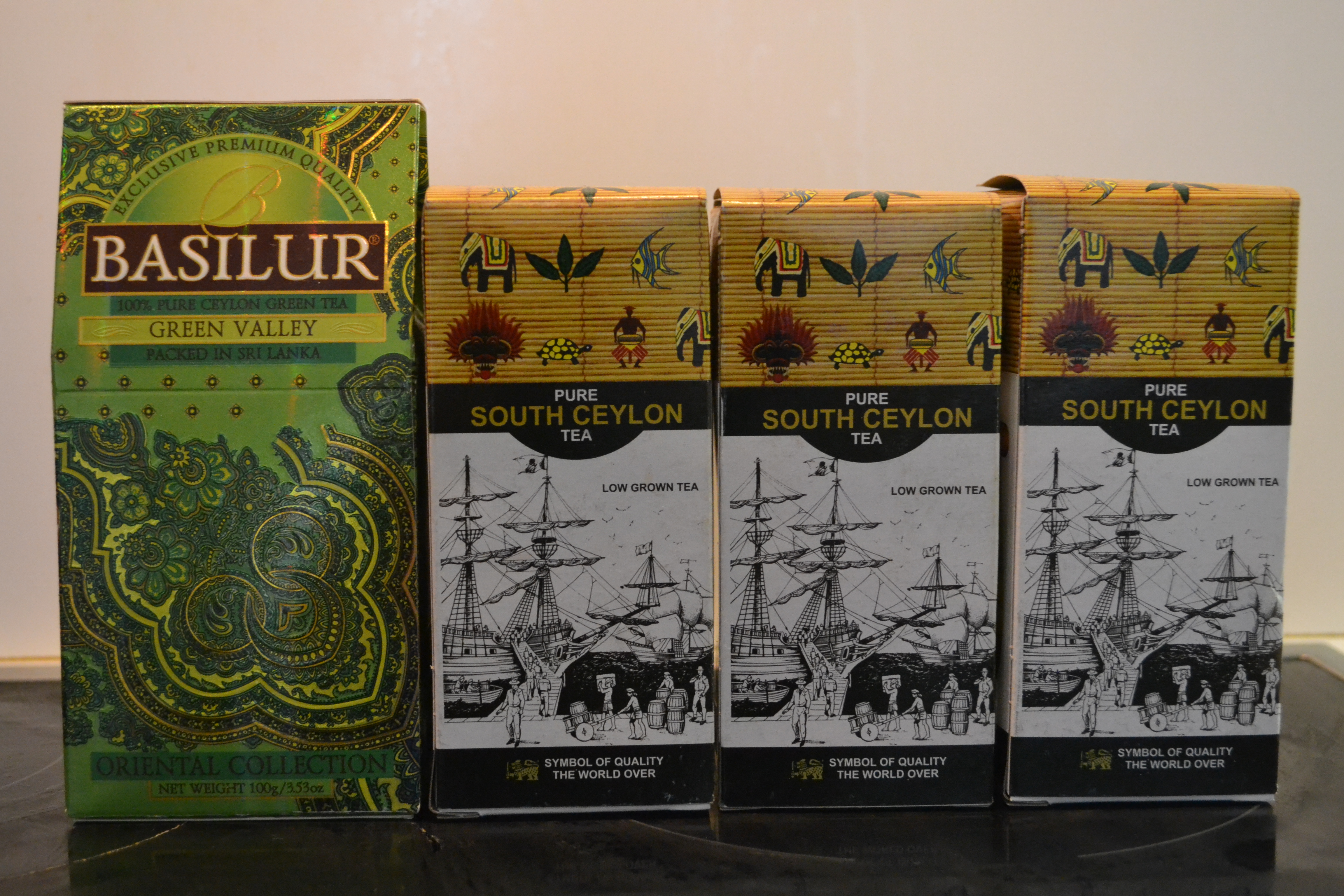
When it’s good, take some home with you!
When you get a chance to taste a lot of different varieties, whether of tea or wine, you’ll know which ones you’d like to purchase instead of just guessing at a tea store or wine shop. While I often like teas and wines that are considered the “best,” sometimes it is the tea or wine a tier or two down from the top of the line that I enjoy the most. Plus for me, sipping a tea or wine when I’ve seen where the plants grow and procured it at the source is just another (very sensory) way of remembering my travels and bringing a smile to my face wherever I am when I enjoy it.
I’m not sure if it’s just a quirk of my personality or a love of food and drink, but I find both tea and wine tasting incredibly interesting (and delicious). Are you a wine aficionado? Take a chance and explore some new teas that you may have never even heard of before. Are you a daily tea drinker who doesn’t usually go for wine? Take a chance and venture into new wine territory. For example, you may find that if you like floral teas, there is an aromatic wine for you.
Really, there are so many varieties of tea and wine, there’s bound to be something for everyone even if you don’t consider yourself a “tea person” or a “wine drinker.” What do you like most about tasting different types of tea? Or doing a wine tasting?